24 Hours in Jerusalem
Jerusalem is one heck of a city, and I was on a whirlwind trip. Four days ago I sleepwalked through this airport. Now, I’m back at Ben Gurion for the 30+ hour transit back to New Zealand. I’ve culled my experiences to a short 24-hour itinerary of Jerusalem, Israel.
Hear an expanded set of stories about this trip on our podcast! To listen, hit play below or find episode 337 in iTunes, Stitcher or Soundcloud:
It was been a busy few days, speaking at the TBEX: The Future of Travel Media conference. Between trips to the International Convention Centre and various sponsor events, I’ve managed to put together my perfect to do list for a short visit to Jerusalem.
Evening arrival: wine bar then dinner at Mamilla
Jerusalem is around 90 minutes from the airport. If, like me, you’re arriving after over 30 hours in the air, you might want a relaxing night. And if, like me, you’re lucky enough to be staying at the Mamilla Hotel, you’re in luck!
After freshening up, the wine selection in the Mirror Bar is excellent: over 120 Israeli wines, with a great sommelier and well-trained staff. From there, pop upstairs to the rooftop restaurant for views over the Old City and dinner. Lit up at night, the old city walls look amazing!
Early morning, Church of the Holy Sepulchre
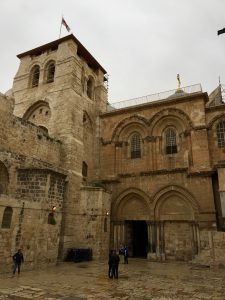
Less than ten minutes’ walk from the hotel, the Church of the Holy Sepulchre sits over the site where Jesus Christ was crucified and entombed, and where he rose from the dead. No matter your take on the stories and beliefs, this is a point where the culture of the world shifted on its axis.
Get there early — before 8 or so — to enjoy the mixed architectural styles and be able to explore without shoulder-to-shoulder tourists and pilgrims. About four coaches worth of people were arriving as I was leaving, and it only gets busier during the day! I’d also recommend reading up a little about it before you arrive: there are no interpretive boards to help you understand what’s what.
If you’re staying at Mamilla, ping-pong back down the road for breakfast… it’s an extra 20 minutes return trip, but it is a great spread! Otherwise, things start to open up around then, and there are small bakeries and cafes to grab a bite to eat.
Start at Jaffa Gate
The Tower of David museum is a good stop: not just for a potted history of the city, but more for the panoramic views that help orientate you for the rest of the day. There are interpretive boards that point out places of note all around.

I did a three-hour tour of the old town with Sandemans; and with one of the best guides I’ve toured with anywhere. It not only gave me a great chance to see most of the sites I wanted to, but also gave me the confidence to explore the old city myself, later in the trip. It took in views of all the main holy sites, and several important focal points in the modern city. Would recommend.

Lunch at YMCA
Lunch at the Y? No, I’m not living in an alternative universe! The YMCA Jerusalem is an amazing building, designed by the same architect as the Empire State Building in New York. You can tour and climb the clock tower… Check out the religious symbolism and no-expense-spared artwork, as well as the menu. They also have a three-star hotel at good prices considering the location. Here’s their head chef walking me through some of the menu:
Culture vulture or shopaholic?
After lunch, you’re on the run again! Grab a taxi to either the Israel Museum, or the central souk. I know a lot of people at the conference enjoyed shopping — and taking copious photos — in the markets, but I couldn’t pass up the chance to see the Dead Sea Scrolls or the impressive archeological findings presented at the museum. (Did I mention I did post-graduate papers in both Old and New Testament Biblical Studies?)
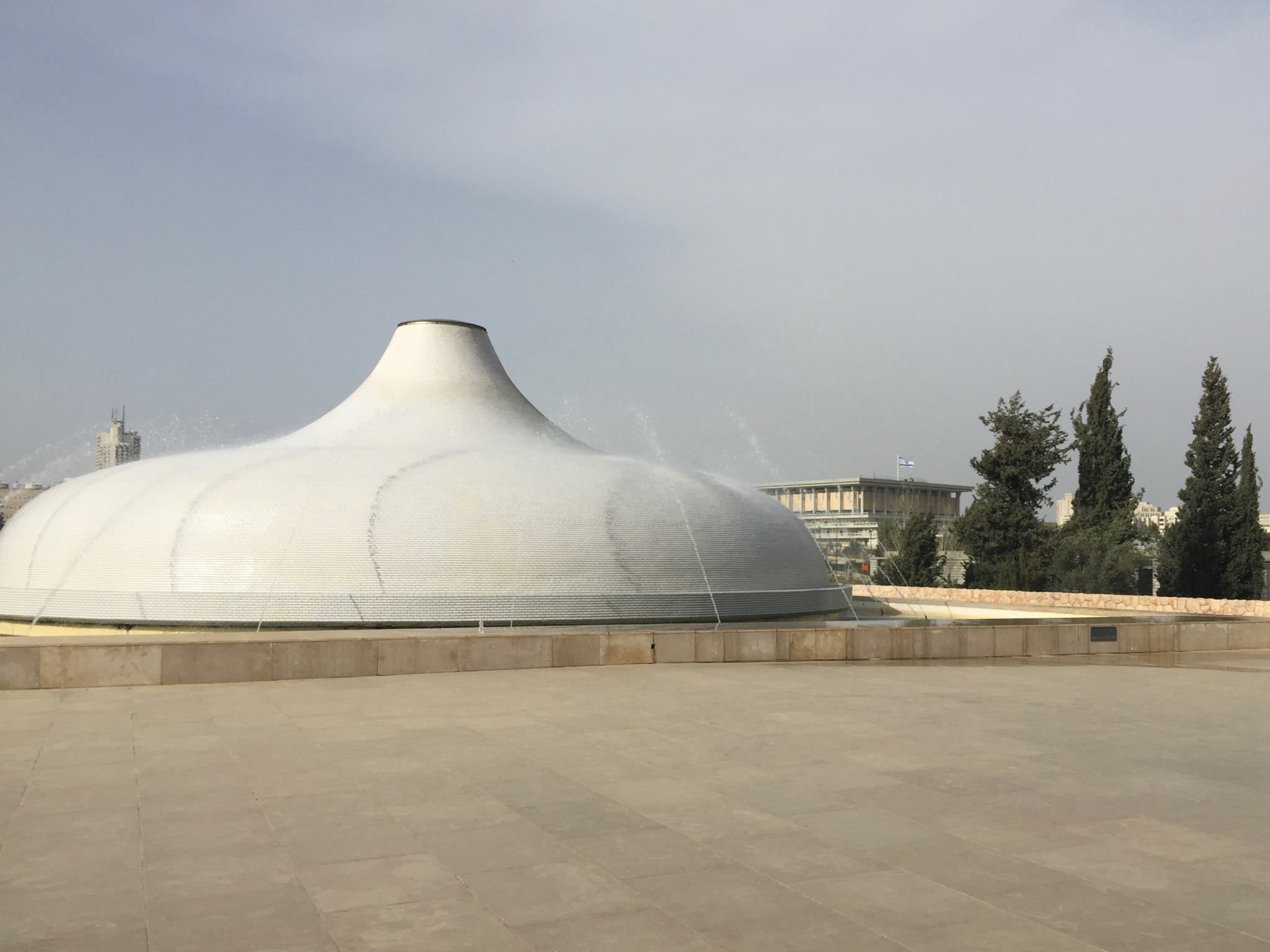
Geek that I am, I really enjoyed the museum, although I had only an hour to run through before my flight transfer began. Highlights were the Dead Sea Scrolls, the Nano-Bible, and the ancient-era archaeological findings — including a figurine dated to 230,000 BCE*! It was neat to see the model city as it would have been before the Romans torched the place in 70CE*. The modern art also looked impressive: I only wish I had more time to explore.
Bonus point for visiting the museum: it’s in the same valley that David and Goliath fought their famous battle!
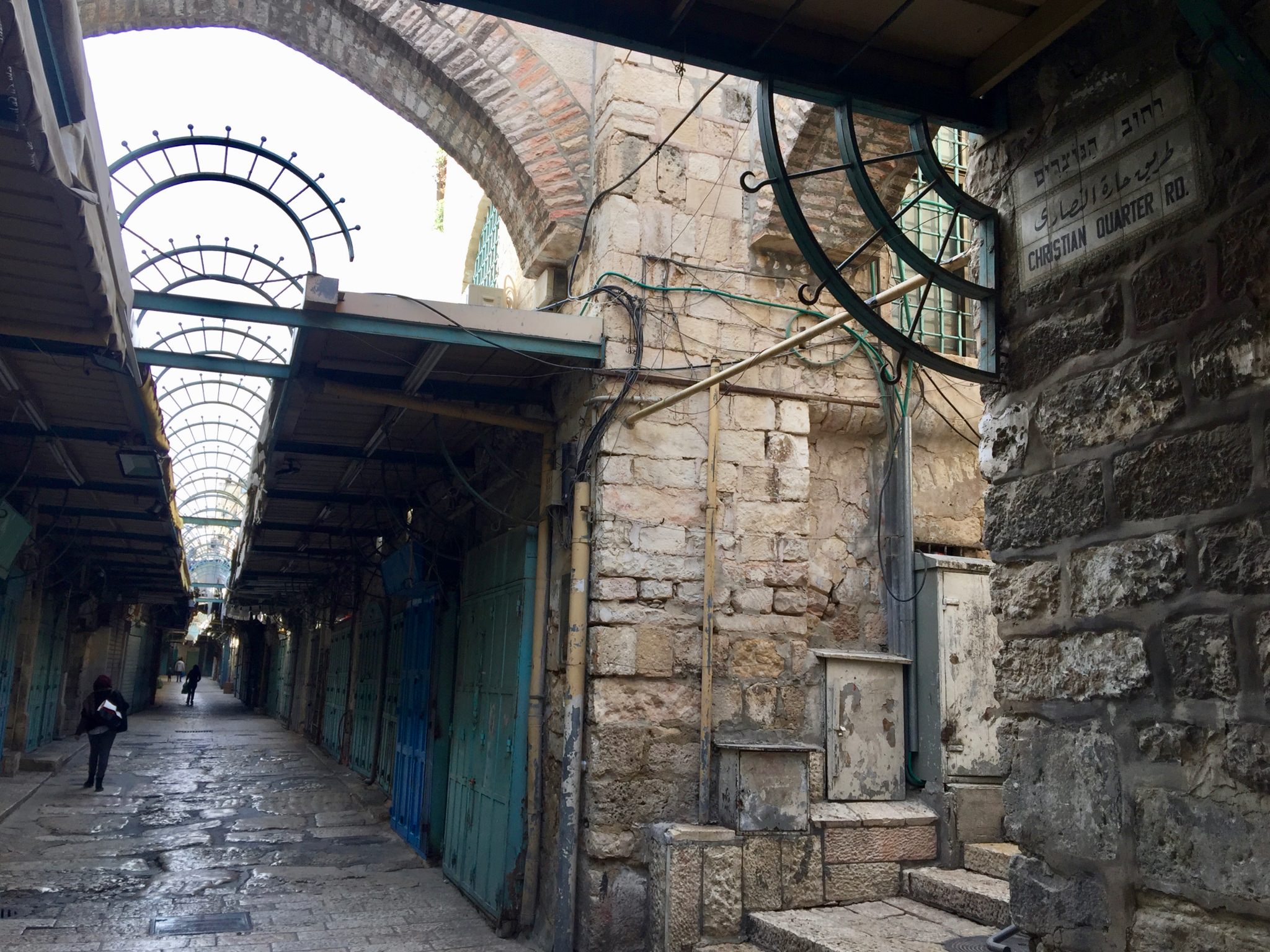
To the airport!
For me, it was time to race back across town for my hotel pickup, and out to the airport for the trip home. For you? Who knows.
As a speaker, I was a guest of TBEX and was able to take advantage of the conference’s benefits to experience most of these things (and many more) gratis. Thanks to all the sponsors and hosts, as well as the conference organisers. If I was to recommend a single day in Jerusalem to a friend, this is what makes the cut.
*A note on dates: the Christian world uses Before Christ (BC) and Ano Domini, or “Year of our Lord” (AD). In scholarly work and in other parts of the world, the acronyms BCE (Before the Common Era) and CE (Common Era) are used to refer to the same dates. This usage was common throughout English-language texts in Jerusalem.
[box] This episode of the Indie Travel Podcast is sponsored by Allianz Global Assistance.
Allianz’s travel insurance helps you to travel the world with confidence. Their policies cover trip cancellation and trip interruption, as well as lost and stolen baggage. A 24-hour hotline means you’re always connected, and their ten-day review period gives you a chance to make sure you’ve got the right cover for you.
Find out more about Allianz Global Assistance.[/box]
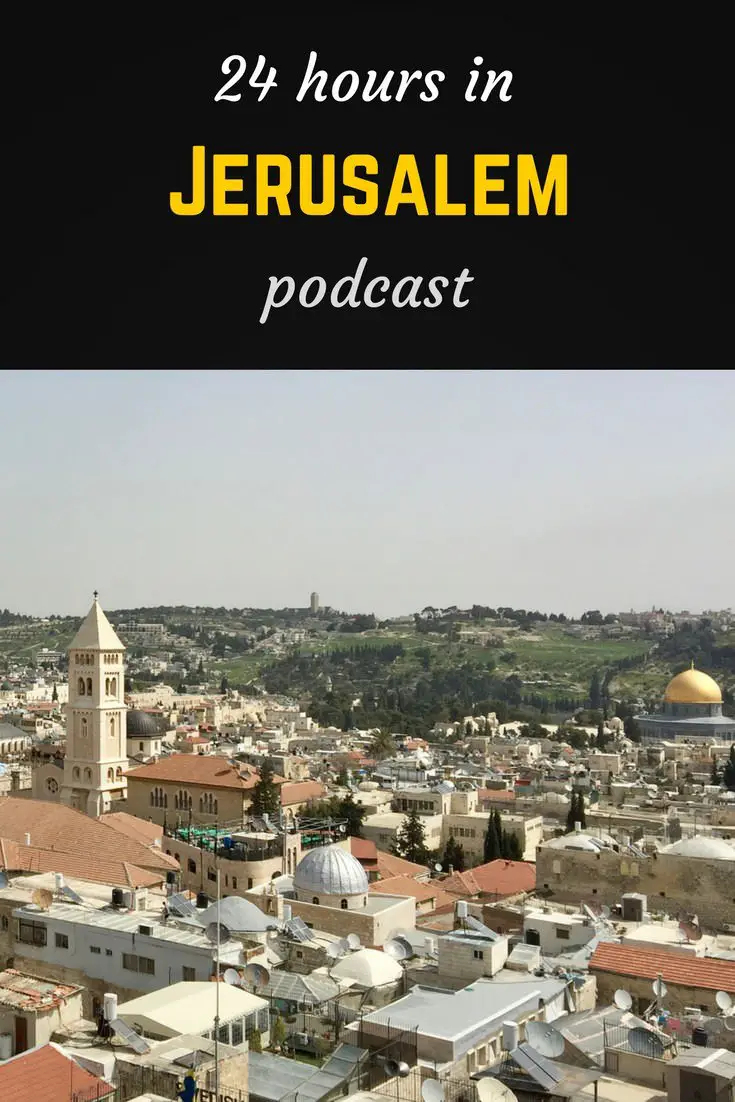

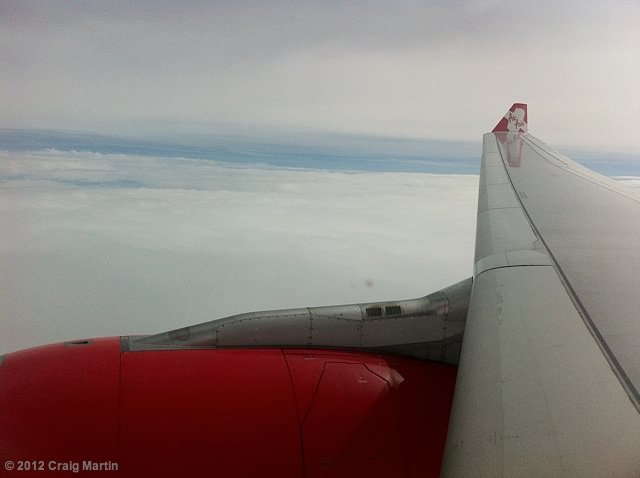
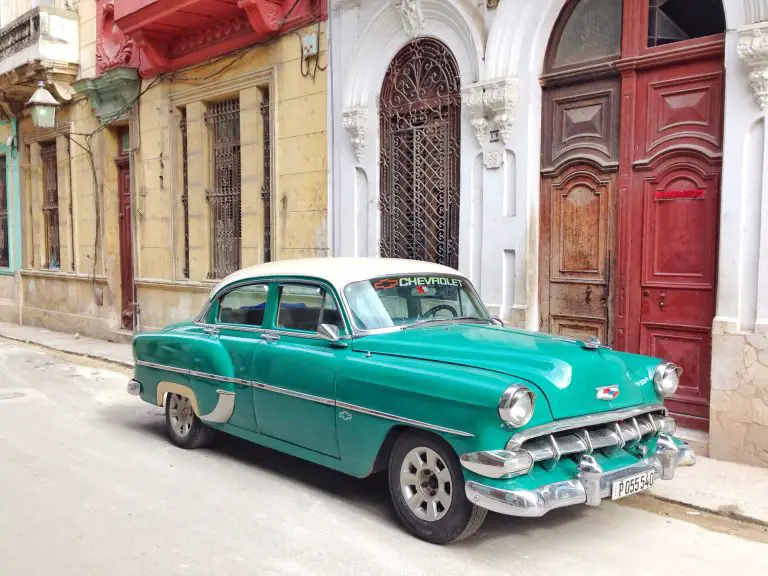

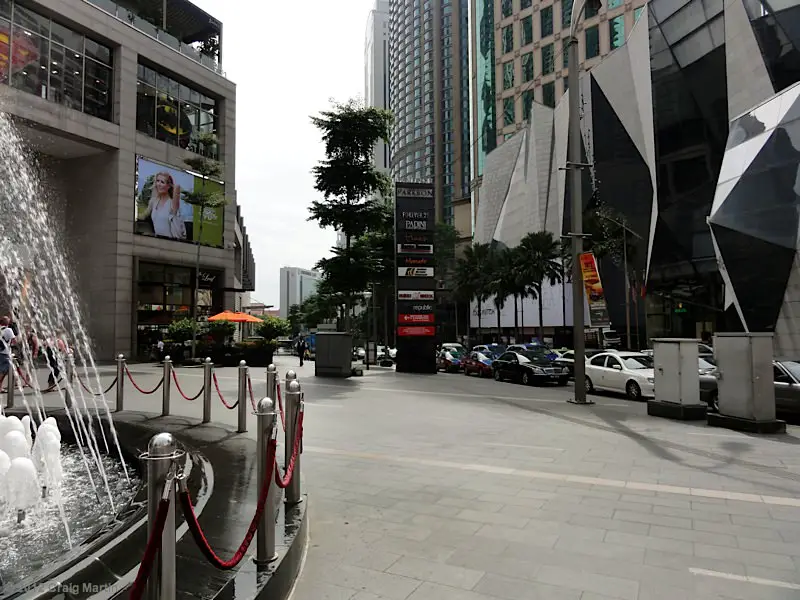
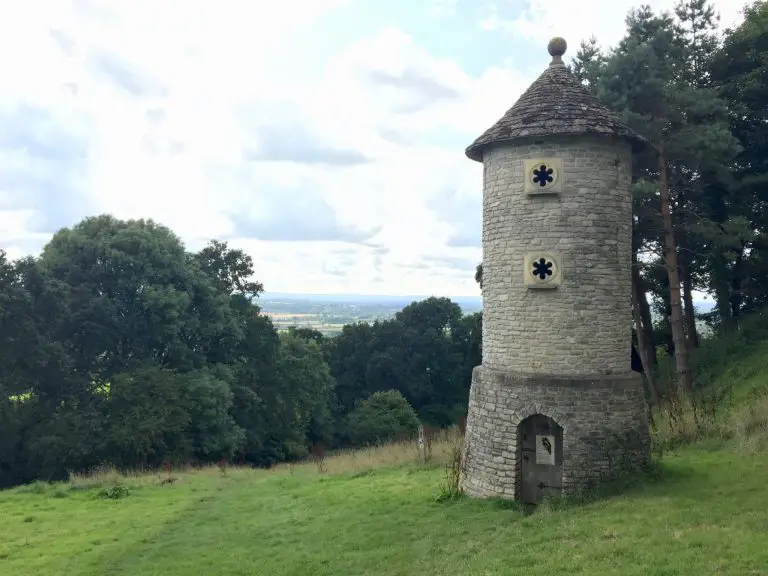
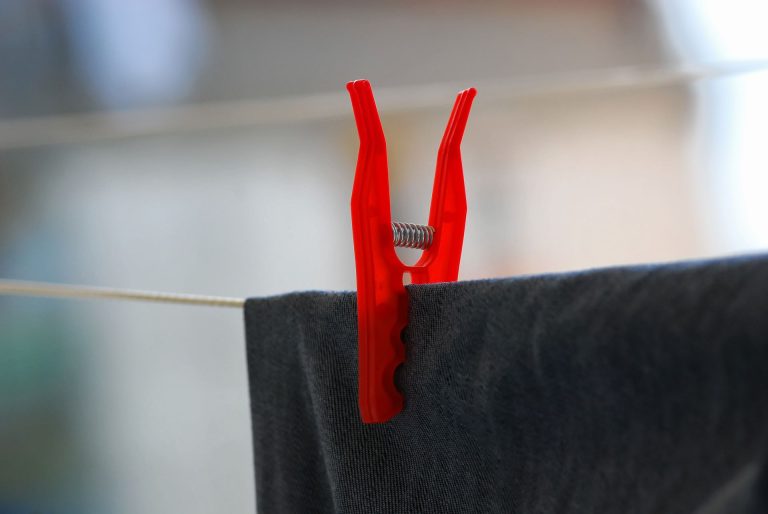
I bumped into your show and it was interesting to hear about the city I live in from an outsider.
I just wanted to write a few things:
1. The old city as you mentioned is only populated by a small percentage of the population of Jerusalem. The vast majority of Jews in Jerusalem live outside the walls and many consider visiting some parts of the old city (like the Muslim and even Christian quarters) as dangerous, let alone living there. The Jews who do live in the Jewish quarter are usually national religious – the same kind of population that settles in the west bank, but also some ultra-orthodox Jews.
You will hardly find a secular Jew living in the old city, although in the past, just after 1967 when it was rebuilt many secular Israelis did move there, opened galleries etc. But for some years now, almost all the secular Jewish population left and national religious Israelis moved in.
So it’s mainly Arabs (both Muslims and Christians) who actually live in the old city.
2. In Israel as a whole but much more so in Jerusalem and in the old city, the religion of the person is connected to his/her national identification.
So Muslims and Christians in Jerusalem identify themselves as Arab Palestinians and not as Israelis – like the Jews identify themselves.
So I guess people in Jerusalem (I suppose more so Arabs) are interested to know your religion because that tells them your national identity – are you part of the Israelis or the Arab Palestinian group. Of course given the fact that most Muslims and Christians in Jerusalem don’t exactly like Israel, this national identification matters to them.
Thanks so much for your input — that’s so interesting!